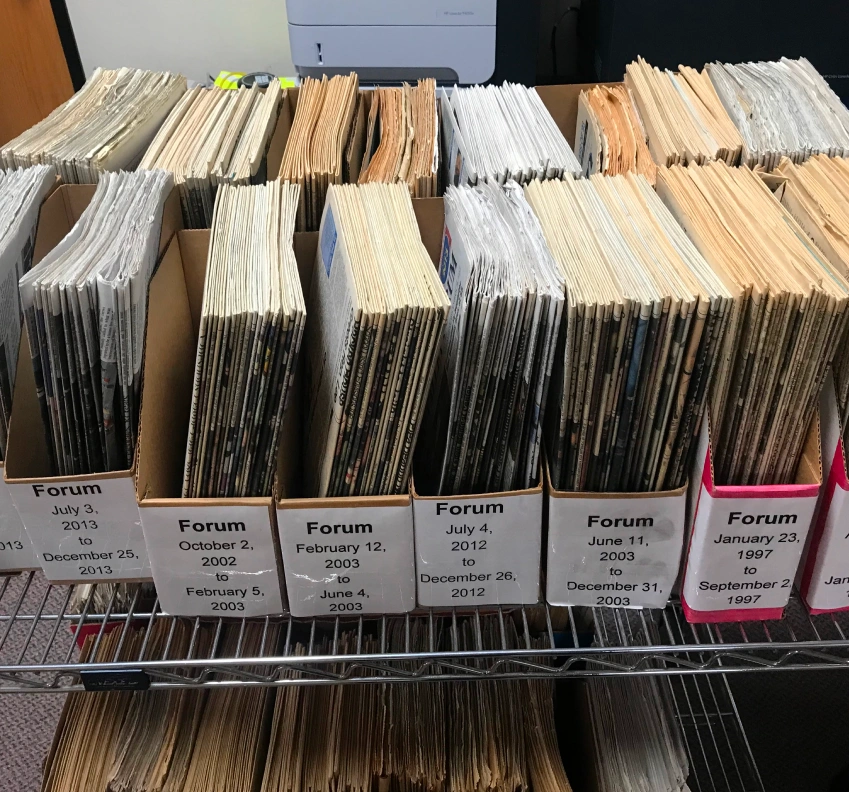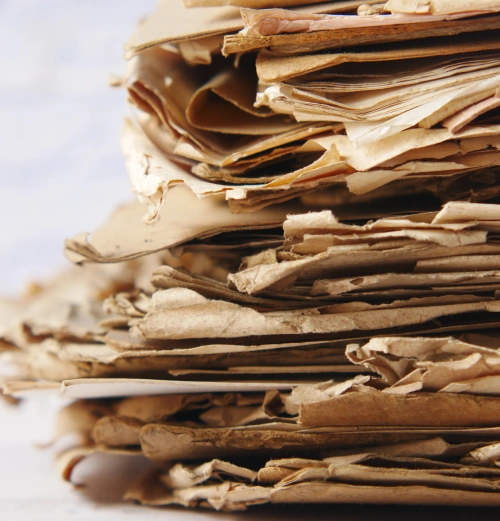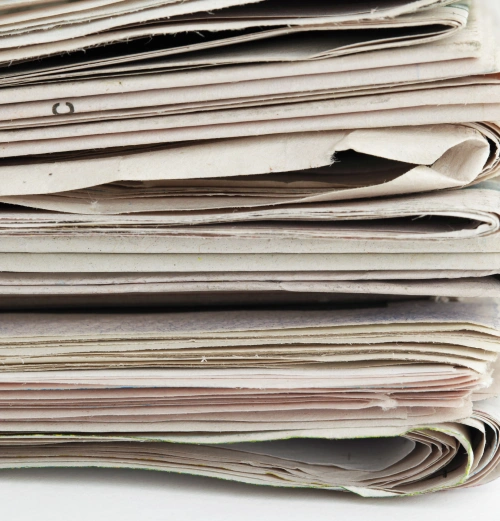Long-Term Preservation with Modern Precision
Historical documents aren’t just paper—they’re irreplaceable records of people, places, and progress. But as time passes, so does their integrity. Paper degrades, ink fades, and accidents—whether floods, fire, or mishandling—can erase valuable history in seconds.
At eRecordsUSA, we help libraries, archives, municipalities, universities, and private collectors safeguard their fragile materials by turning them into durable, high-quality digital assets—preserved for future generations and accessible across formats.
eRecordsUSA – Trusted Choice for Historical Records Digitization
Optimized for Bulk Orders
Our digitization workflow is designed to handle large volumes quickly, accurately, and without compromising quality — making it ideal for city records, large bound books, 12” x 12” scrapbooks, museums, and academic archives.
Multilingual Communication
We speak English, Hindi, Punjabi, Spanish, and Mandarin — ensuring seamless collaboration and clarity for clients from diverse backgrounds.
Confidentiality Guaranteed
All documents are handled under strict privacy protocols with secure workflows, internal-only processing, and sensitive or confidential archival materials.
Transparent Estimates & Support
We offer clear, upfront pricing with no hidden fees. Every project begins with a free consultation to assess scope, needs, and ideal digitization strategies. We provide estimates for approval before we start any project and await approval.
Precision Workflow for Archival Digitization
What’s the Process Behind Our Historical Document Scanning?
At eRecordsUSA, we don’t just digitize—we preserve legacy with purpose. Our 8-step, in-house workflow is engineered for accuracy, sensitivity, and archival-grade compliance. From fragile booklets and maps to multi-box historical archives, every detail is handled with expert care.
From Fortune 500 Companies to libraries to the public sector
Trusted by Institutions for Secure Historical Document Digitization
At eRecordsUSA, we partner with organizations that protect and preserve history—serving as the trusted digitization provider for public agencies, universities, and cultural institutions across California and beyond. Whether it’s fragile manuscripts or massive archive vaults, we scan with unmatched precision, discretion, and care.

Audience Segments We Serve
- Government & Public Sector — Infrastructure Records, Permits & Historical Files
Clients We Serve: City of Santa Clara, National Park Service, County of San Mateo, State of California, CFTC, Department of Industrial Relations, Golden Gate Bridge Archives - Libraries & Cultural Archives — Newspapers, Rare Books & Ephemera
Clients We Serve: Alameda County Public Library, Redwood City Library, California State Library Archives - Educational Institutions — Manuscripts, Academic Records & Campus Archives
Clients We Serve: San Jose State University, Stanford University - Conservation & Environmental Groups — Research Archives & Project Documentation
Clients We Serve: Tompkins Conservation Archive - Museums — Rare Books, Photos, Blueprints & Ephemeral Collections
Clients We Serve: Computer History Museum, The Foster Museum, Rosicrucian Egyptian Museum, Campbell Historical Museum, The Company of Military Historians, Southern Pacific Railroad History Center
From Rare Books to Oversized Blueprints
What Types of Historical Documents Do We Digitize?
At eRecordsUSA, we specialize in scanning fragile, oversized, and historically significant materials with preservation-grade accuracy. Whether you’re archiving centuries-old manuscripts, municipal blueprints, or family genealogy records, our equipment and workflows are built to handle complexity—without compromising integrity.
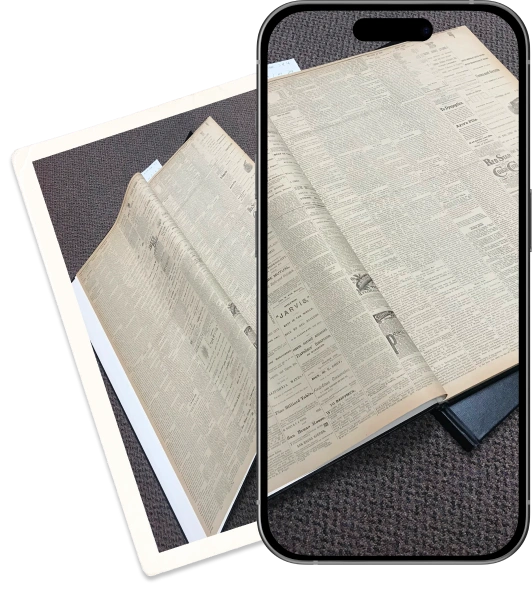
Specialized Expertise for Fragile Archives
What Makes Our Historical Document Scanning Different?
At eRecordsUSA, we go beyond basic digitization. Our historical scanning services are precision-engineered for institutions, government agencies, archives, libraries, and collectors with delicate, high-volume, or legacy materials. Every step—from intake to delivery—is designed to protect your collection and meet your project’s unique archival goals.
1. Tailored Workflows for Each Archive
No two collections are the same—and neither are our scanning strategies. We create custom workflows based on document condition, format, and access requirements:
- Format-specific handling for brittle, bound, or oversized documents
- Output in PDF, TIFF, JPEG, or searchable PDF/A
- Metadata tagging by author, date, collection, or custom fields
- OCR-enabled or image-only delivery based on legibility and use case
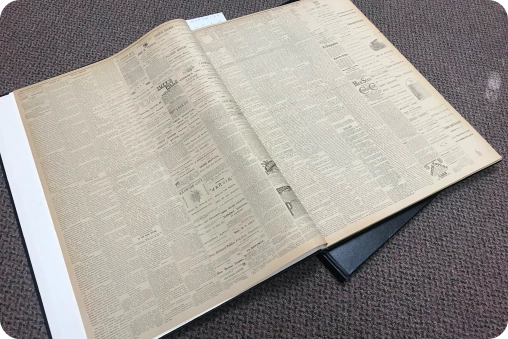

2. Built for Bulk & Multi-Phase Projects
We support full-scale digitization of large collections, legacy archives, and departmental repositories. High-capacity scanning infrastructure ensures timely delivery without compromising care:
- Parallel scanner stations for fast throughput
- Experience with multi-box and multi-year archives
- Rapid project scaling for time-sensitive or grant-funded initiatives
- Batch processing & inventory control to track collection movement
3. Real-Time Collaboration & Transparent Updates
Your project is never “out of sight.” We provide hands-on coordination and visibility throughout. You’ll stay informed and in control at every phase:
- Pre-scan previews (via video/photos) for fragile or rare items
- Weekly or milestone-based updates with deliverable tracking
- Project managed via email, phone, or video
- A dedicated local contact from kickoff to final delivery

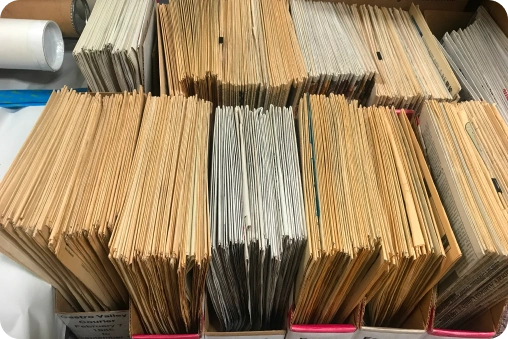
4. In-House Confidentiality & Chain-of-Custody
We never outsource historical scanning. Your documents remain protected—from arrival to archive. Security and privacy are foundational to our service:
- All scanning conducted at our Fremont, CA facility
- Access-restricted processing areas
- Optional NDAs and secure transport protocols
- Compliance with ISO 27001, HIPAA, and best practices in archival handling
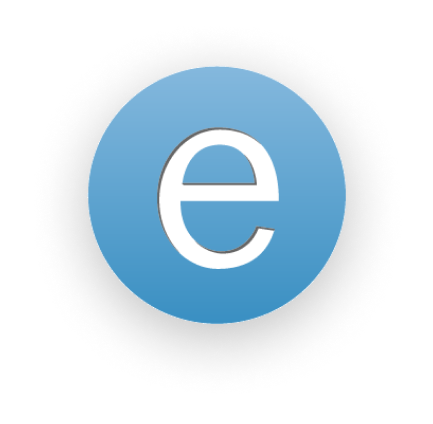
Historical Records Digitization FAQs
1. What is the best resolution (DPI) for archival-quality scanning?
For preservation-grade results, we recommend 400–600 DPI.
- 400 DPI is standard for printed text and most documents
- 600 DPI is ideal for fine handwriting, detailed maps, or photographic materials
2. What file formats are best for digitized historical documents?
- TIFF: Preferred for long-term preservation (lossless quality)
- PDF/A: Ideal for searchable, text-based archival storage
- JPEG: Suitable for smaller access copies or web-friendly viewing
We help you choose formats based on your budget, access needs, and archival goals.
3. Why do fragile documents need special handling?
Historical materials are often brittle, faded, or oversized. We use non-contact scanners, low-light environments, and secure containers to prevent further degradation during intake, scanning, and return.
4. Can OCR extract handwritten content accurately?
OCR performs well with printed text, but results vary for handwriting.
- Clear, block-style handwriting offers decent accuracy
- Cursive or stylized writing may require manual review or transcription
We also offer text extraction from handwritten content when legibility allows.
5. What metadata should be included in a historical digital archive?
Metadata improves discoverability and organization.
We recommend including:
- Title, author, document type
- Collection or archive ID
- Date, location, subject tags
Our team customizes metadata fields to fit your cataloging standards.
6. How do you ensure color accuracy and correct image distortion?
We use archival-grade post-processing to adjust brightness, contrast, and balance. eRecordsUSA supports FADGI-star rated scanning workflows and offers enhancement options to match originals while improving clarity and readability.
7. How long does bulk historical scanning take?
Turnaround time depends on collection size and condition.
- Small batches: a few business days
- Large archives: may require phased delivery over weeks/months
We offer flexible scheduling, batch-based production, and clear delivery timelines in every quote.
8. What happens to the original historical documents after scanning?
We return all materials in the condition received, unless secure shredding is requested. All documents are handled under a documented chain of custody, ensuring full compliance and protection throughout.
Preserve Institutional Memory with Archival Precision
Archival-Grade Scanning for Historical Documents & Legacy Collections
At eRecordsUSA, we understand that historical documents are more than aging pages—they are irreplaceable records of cultural heritage, institutional legacy, and public memory. For over 20 years, we’ve supported libraries, universities, historical societies, and government agencies in safeguarding these assets through secure, standards-based digitization.
All scanning is performed in-house at our Fremont, California facility using non-contact planetary scanners designed to preserve fragile materials while capturing exceptional image fidelity. We follow digitization workflows aligned with FADGI, HIPAA, ISO 27001, and CUI compliance standards—ensuring that every scan meets the highest expectations for archival preservation, regulatory integrity, and digital accessibility.
We deliver structured, metadata-tagged digital files that are compatible with institutional repositories, digital asset management systems (DAMs), and academic archives.
From bound volumes and rare manuscripts to large-format maps, microfilm, and photographic materials—eRecordsUSA is the trusted partner for archival-grade scanning across the San Francisco Bay Area and beyond.
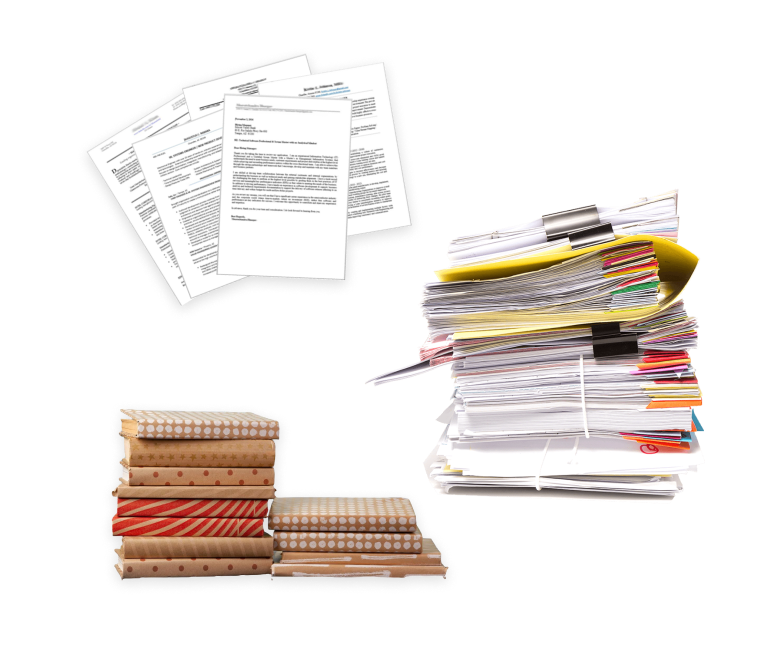
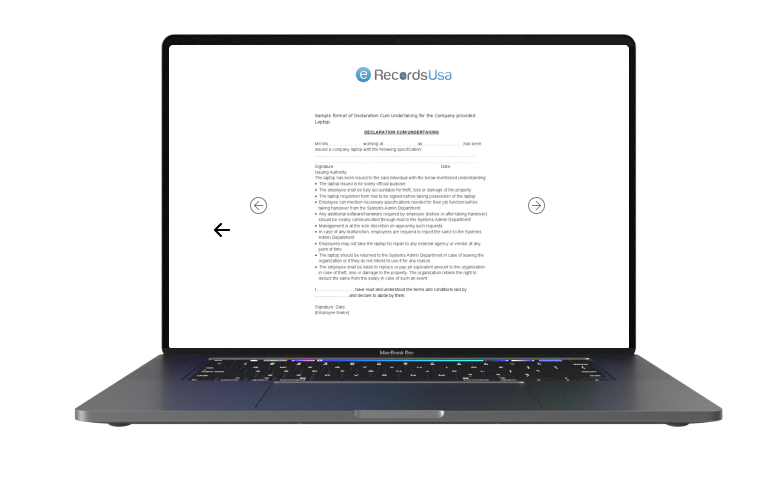
Top Scanning & Conversion Services
⭐ What Our Clients Are Saying: Real Results, Real Reliability
Rated 5 Starts For Our Document and Book Scanning Services
At eRecordsUSA, clients across libraries, museums, archives, academic institutions, and government agencies trust us with their most fragile and valuable collections. We don’t just scan—we preserve history. From non-contact scanning to metadata-rich indexing, we deliver digital archives that are as accurate as they are accessible.
Want to See How We Compare? Let us quote your next digitization project and show you why we’re trusted by leading institutions nationwide.
